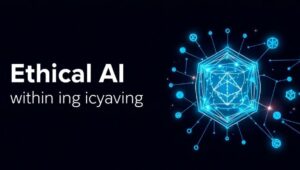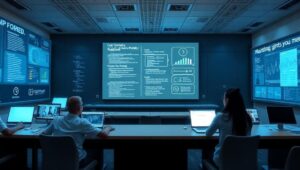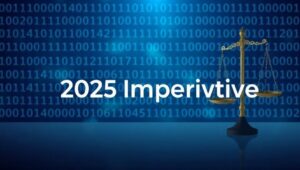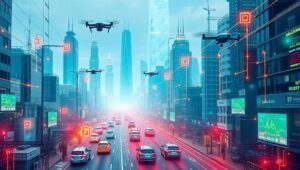June 2, 2025
Cross-Disciplinary Collaboration in AI Research (Beyond 2025)
The Future of AI: Why Collaboration is Key Artificial intelligence (AI) research is rapidly evolving. As we look beyond 2025, the most significant advancements will stem from cross-disciplinary collaboration. This article explores why and how these collaborations will shape the future of AI. The Necessity of Diverse Perspectives AI is no longer confined to computer science. Its applications span healthcare, finance, environmental science, and more. Each field brings unique challenges and insights, making collaboration essential. Healthcare: Combining AI with medical expertise can lead to breakthroughs in diagnostics and personalized medicine. Finance: Collaborative efforts can enhance fraud detection and algorithmic trading.












